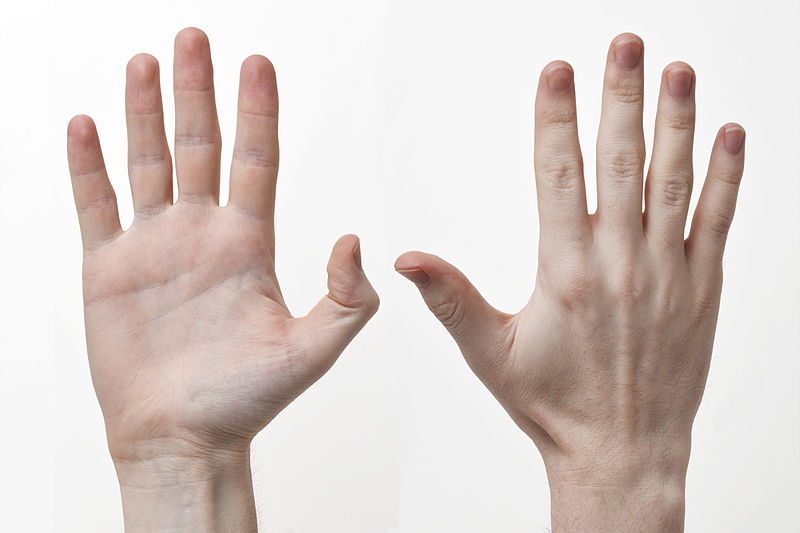
Flexor tendon injuries are a painful thing to experience and to live through after you’ve recovered from it. After all, not only are our hands an important part of our daily living but these tendons are part of our bodies. And if a stubbed toe is painful, it goes without saying that split, damaged, warped, or strained tendons are going to be pretty unpleasant as well.
Join us today, for our breakdown of common flexor tendon injury causes, symptoms and treatment options, courtesy of Toby Orthopaedics.
Tendon Injury Causes
Sports
One of the easiest ways to rapidly injure your flexor tendon is through high-impact sports. Football, wrestling, and even a rousing game of tennis can all lead to severe accidents which can stress, strain and even break these tendons.
One example of this is the infamous “Jersey Finger”. This is (typically) a sports-related injury, wherein one player may catch their finger in the jersey of another. The finger, in this case, gets pulled backward violently, straining or snapping the flexor tendon.
Rheumatoid Arthritis
This chronic disease causes joint inflammation and tends to affect people more as they grow older. In extreme cases, it may result in painful deformities and even complete immobility in the fingers and wrists. In these cases, the flexor tendon, in particular, may suffer and it’s important to seek treatment.
Deep Cuts
One of the more direct ways in which to injure the flexor tendon is to cut it. In cases where a patient has been in an accident, their flexor tendons might be cut, severed or otherwise lacerated. This can limit the amount of mobility you have in these tendons, requiring treatment.
Flexor Tendon Injury Symptoms
If you are concerned you may have sustained a flexor tendon injury, you’ll want to look out for some of the following warning signs:
- fingers unable to bend
- numbness in your fingertips
- tenderness in the palms of your hand
- visible injuries on or along the palm
- pain when bending your finger
Treatment
In cases where a tendon has been cut, it will usually not heal in the absence of surgery. Partially-torn tendons, meanwhile, may benefit from a splint or intense physical therapy.
You might consider a non-surgical approach, applying ice packs, elevating the hand and administering prescription antibiotics. These have been shown to work well in certain situations, but they’re also not miracles and are only likely to work for minor injuries.
When patients require surgical treatment, it’s important to get it done as soon as possible. Flexor tendon surgery should be performed within ten days of the injury for best results.
Physical therapy may be necessary, following surgery, if patients want to regain their normal range of motion. They often experience long-term stiffness, and further surgery may be necessary if scar tissue develops and hampers their hand mobility.
Flexor Tendon Injury: Now You Know
A flexor tendon injury can be a painful and immobilizing process to go through. With today’s article, however, you’ll have more than enough information to identify and react to such an injury in your life, if you ever need to.
Interested in flexor tendon and orthopedic implant treatments? Discover some of the leading components in this market with Toby Orthopaedics, today!

